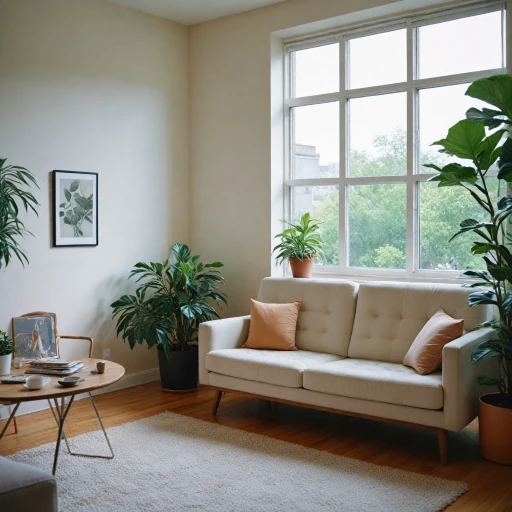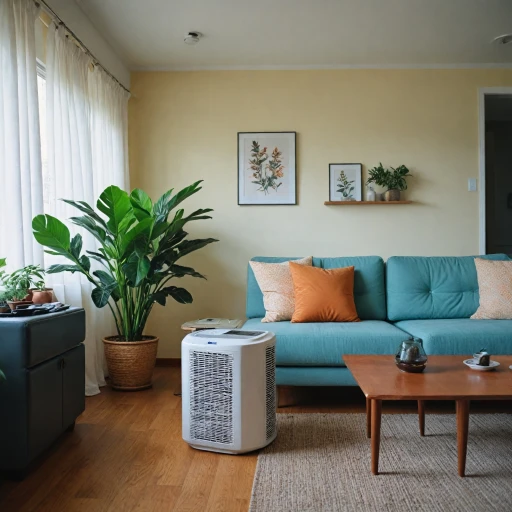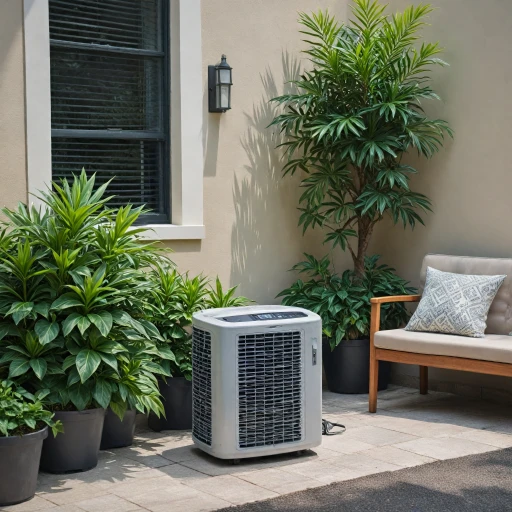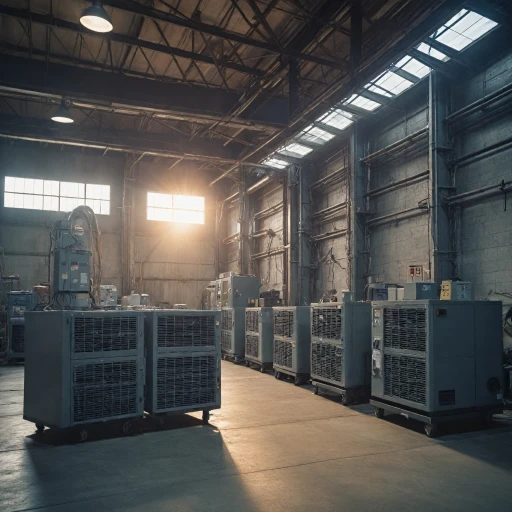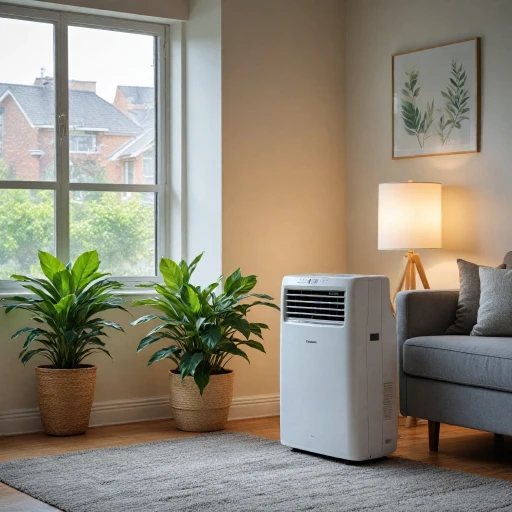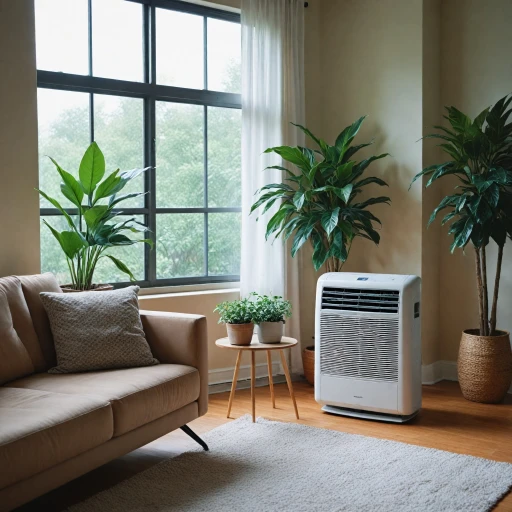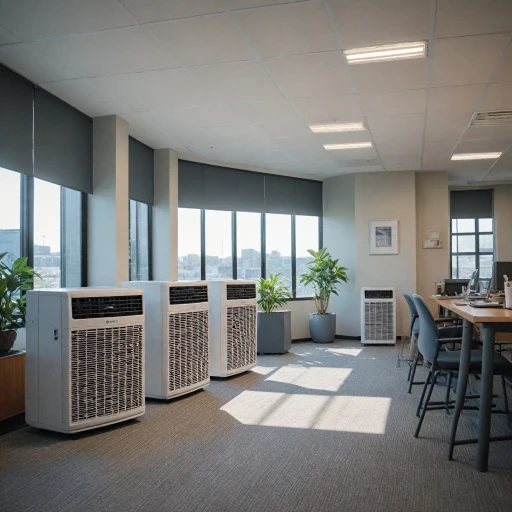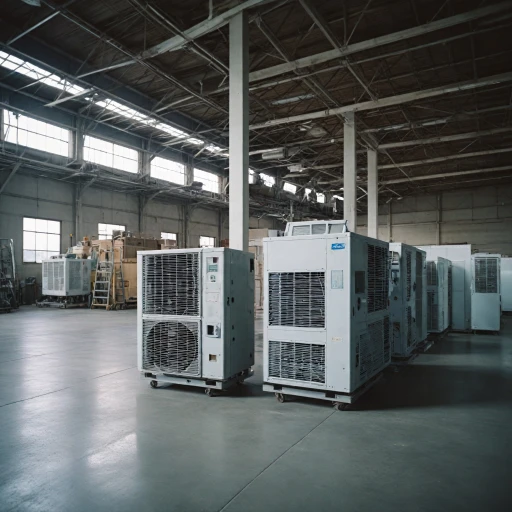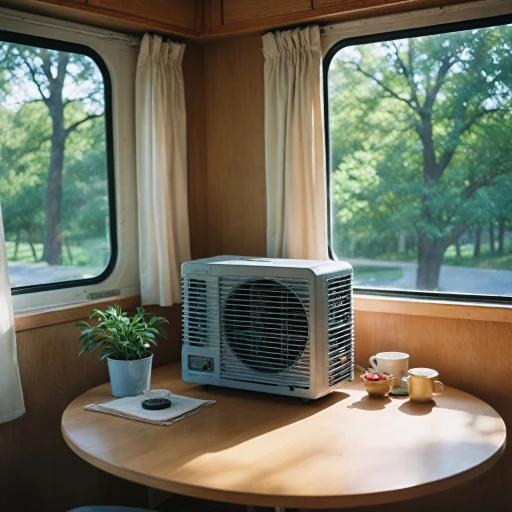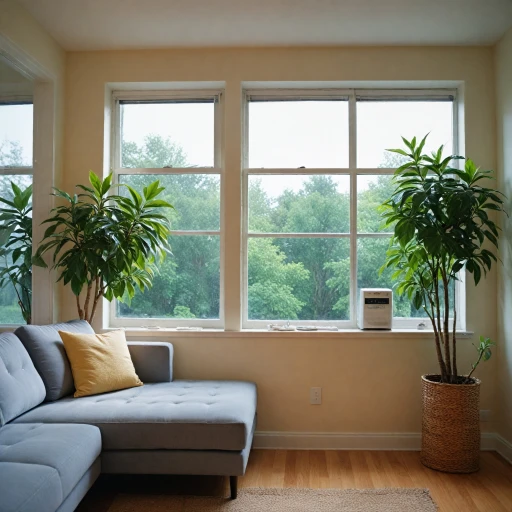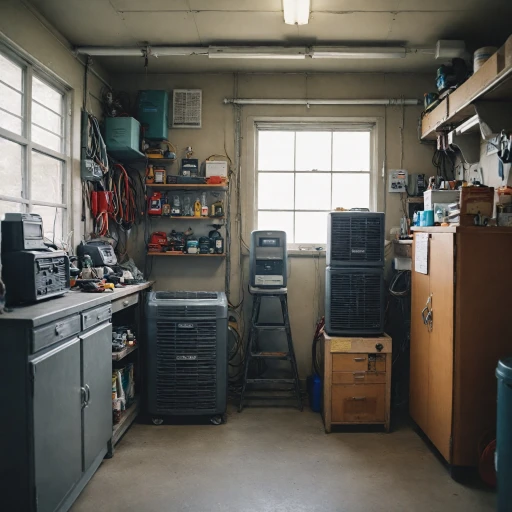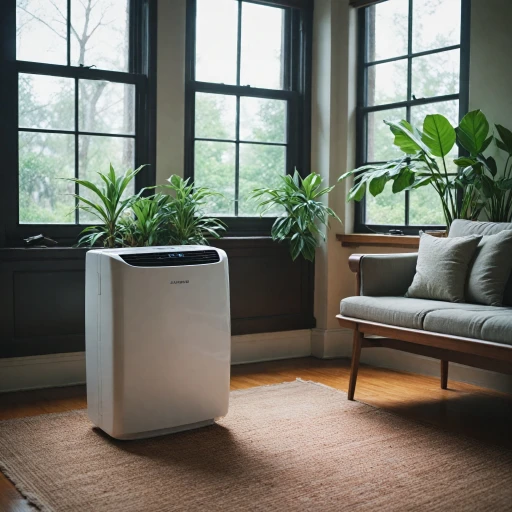
What is a 1-Ton Portable AC Unit?
The Basics of One-Ton Air Conditioners
When it comes to efficiently cooling a space, understanding the terminology can make a difference. A 1-ton portable air conditioner is a compact unit designed to cool rooms effectively. While the term 'ton' might bring thoughts of weight, in the world of air conditioning, it refers to the unit's cooling capacity, specifically how much heat it can remove from a room in an hour. A one-ton capacity is equivalent to 12,000 British Thermal Units (BTU) per hour. These portable air conditioners are particularly popular due to their versatility. They come with features like a remote control for easy operation and usually include a cooling fan for added comfort. The ability to move them around a room on castors, unlike fixed window or wall units, is a hallmark of their design. Moreover, they typically have an exhaust hose that vents out the hot air, making them very efficient. The portable nature also means they don't require permanent installation, which can save on shipping and installation costs, offering a more cost-effective cooling solution. Most 1-ton units are energy efficient and ideal for cooling individual rooms, making them perfect for those who rent or need a supplemental unit during particularly hot conditions. In the United States, where portable air conditioners are commonly found, a variety of options exist to suit different needs. Many models are designed with user-friendly interfaces and often have free shipping with purchase. With features aimed at boosting comfort and convenience, like easy-to-set-up instructions and straightforward maintenance, they are a practical choice for many homes. For a deeper understanding of how these units stand out among other air conditioners, you can explore the advantages of a self-contained AC unit and how they compare.Advantages of Using a 1-Ton Portable AC Unit
Why Choose a 1-Ton Model for Portable Cooling?
The 1-ton portable air conditioner stands as a compelling choice among a plethora of options available in the market. Its appeal lies in a combination of its cooling power and its versatile application.- Powerful Cooling: With a capability to cool spaces efficiently, the 1-ton BTU portable unit indicates its capacity to handle rooms that are moderately sized, providing ample relief during hot periods. It's crucial to select the right size to avoid excessive energy consumption or insufficient cooling.
- Energy Efficiency: Most modern 1-ton portable units are crafted to deliver high energy efficiency. This translates to lower energy bills while still maintaining effective cooling. Multiple modes, including normal air conditioning and fan-only settings, allow for flexible use and energy saving.
- Simple Control & Operation: Many come equipped with remote control features, making operation convenient. Whether adjusting temperature settings or switching modes, it's a breeze to manage your comfort level without moving from your spot.
- Mobility and Ease of Use: True to their name, portable air conditioners are designed for mobility. Equipped with wheels and a relatively lightweight design, moving the unit from room to room becomes hassle-free, proving ideal for individuals who relocate frequently or prefer flexibility within different spaces.
Key Features to Look For
Crucial Features to Consider When Choosing a Portable Unit
When selecting a 1-ton portable air conditioner, several key features are essential to ensure optimal performance and convenience. Here's what you should look for:- BTU Rating and Coverage Area: The British Thermal Unit (BTU) measures the cooling capacity of air conditioners. A 1-ton AC unit typically has around 12,000 BTUs, efficiently cooling spaces of up to 500 square feet. Ensure the unit's BTU rating aligns with the size of the room you intend to cool.
- Ease of Installation: Portable air conditioners are designed for convenience, but some models require specific setups. Look for units with easy installation, which often include a window kit and exhaust hose for a hassle-free setup.
- Energy Efficiency: Consider energy-efficient models which help reduce electricity bills. Look for Energy Star-rated products or those with positive reviews indicating high energy efficiency.
- Functions and Controls: Modern units come with additional features such as multiple fan speeds, sleep modes, and dehumidifying functions. A remote control further enhances ease of use, allowing you to adjust settings without needing to be near the unit.
- Portability: The unit should have caster wheels or handles for easy movement, enabling you to transport the unit across different rooms effortlessly.
Installation and Maintenance Tips
Steps to Effectively Set Up and Maintain Your 1-Ton Portable AC
Installing and maintaining a 1-ton portable air conditioner can greatly impact its efficiency and lifespan. To optimize the performance of your unit, it’s essential to follow some practical installation and maintenance tips.
- Select the Right Location: Place your portable unit near a power outlet and ensure there is sufficient space around it for air circulation. Additionally, the unit’s exhaust hose should be properly fitted to a window or door to vent hot air outside effectively.
- Ensure Proper Ventilation: The exhaust hose is crucial for expelling warm air out of the room. Make sure the hose is firmly attached and the window or door seal is sturdy to prevent hot air from re-entering the room.
- Routine Maintenance: Regular cleaning of the filters is important to ensure good air quality and optimal cooling. Check the unit's manual for guidance on how often to replace or clean filters. Most air conditioners have removable filters that can be washed and reinserted.
- Check the Drainage: Some portable air conditioners have self-evaporating technology, but in humid conditions, you may need to manually drain collected water. Regularly check the water collection tray and empty it to prevent leakage.
- Use Remote Control Wisely: Many units come with a remote control for easier operation. Utilize this feature to adjust the settings without requiring manual intervention, thus providing a more convenient experience.
- Energy Efficiency Practices: To maximize energy savings, use the fan mode on cooler days to improve air circulation without cooling. During peak usage, ensure doors and windows are closed to retain the cool air.
- Inspect the Unit Regularly: Look out for any wear and tear or malfunctioning parts, particularly the exhaust hose and plug connections. Addressing problems early on saves on costly repairs and keeps the air conditioning system at peak performance.
By following these guidelines, your 1-ton portable AC can efficiently cool your space while operating smoothly in the long term. For more insights into portable units, their design and usage, exploring various options and models is a good start.
Comparing with Other Cooling Solutions
Comparing Cooling Solutions: Portable vs. Traditional
When considering a 1-ton portable air conditioner, it's essential to compare it with other cooling solutions available in the market. Each option has its unique benefits and challenges, and understanding these can help you make an informed decision.
Traditional Window Air Conditioners
- Installation: Window air conditioners typically require a fixed installation, which can be cumbersome and may not be suitable for all window types. In contrast, a portable unit only needs an exhaust hose that opens the window slightly, offering more flexibility.
- Cooling Efficiency: While window units often have a higher BTU rating, a 1-ton portable air conditioner can effectively cool a room, especially if you prioritize mobility and ease of use.
- Energy Consumption: Both options can be energy efficient, but portable units often come with energy-saving modes and remote controls for convenient operation.
Central Air Conditioning Systems
- Coverage: Central air systems are designed to cool entire homes, making them ideal for larger spaces. However, for smaller areas or single rooms, a portable air conditioner is a more cost-effective solution.
- Installation and Maintenance: Central systems require professional installation and regular maintenance, which can be costly. Portable units, on the other hand, are easier to install and maintain, as highlighted in the installation and maintenance tips section.
- Flexibility: A portable unit can be moved from room to room, offering targeted cooling where needed, unlike fixed central systems.
Evaporative Coolers
- Climate Suitability: Evaporative air coolers work best in dry climates, whereas a portable air conditioner is versatile and can be used in various climates across the United States.
- Cooling Method: Evaporative coolers use water evaporation to cool the air, which might not be as effective as the compressor-based cooling of a portable air conditioner.
- Cost and Maintenance: While often cheaper upfront, evaporative coolers require regular water refills and maintenance, which can add to the overall cost.
Ultimately, the choice between a 1-ton portable air conditioner and other cooling solutions depends on your specific needs, budget, and the space you intend to cool. Each product has its pros and cons, and understanding these will guide you in selecting the best option for your home or office.

